Imari ware
Imari ware is in fact, a type of Arita ware originally made from clay and kiln in the town of Arita in northwestern Kyūshū.
See more →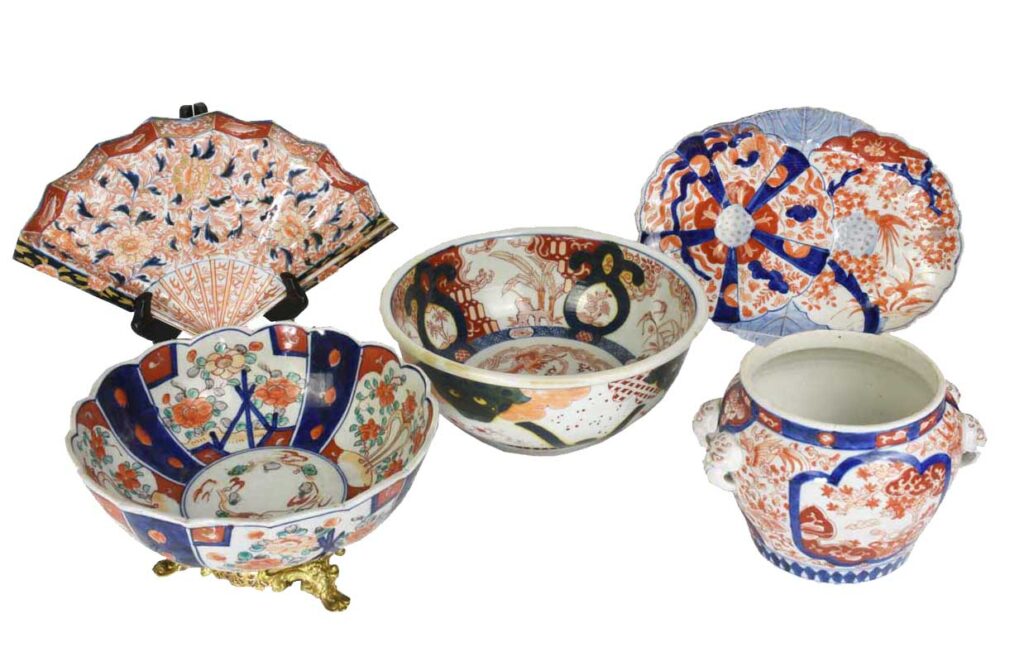
Imari ware is in fact, a type of Arita ware originally made from clay and kiln in the town of Arita in northwestern Kyūshū.
See more →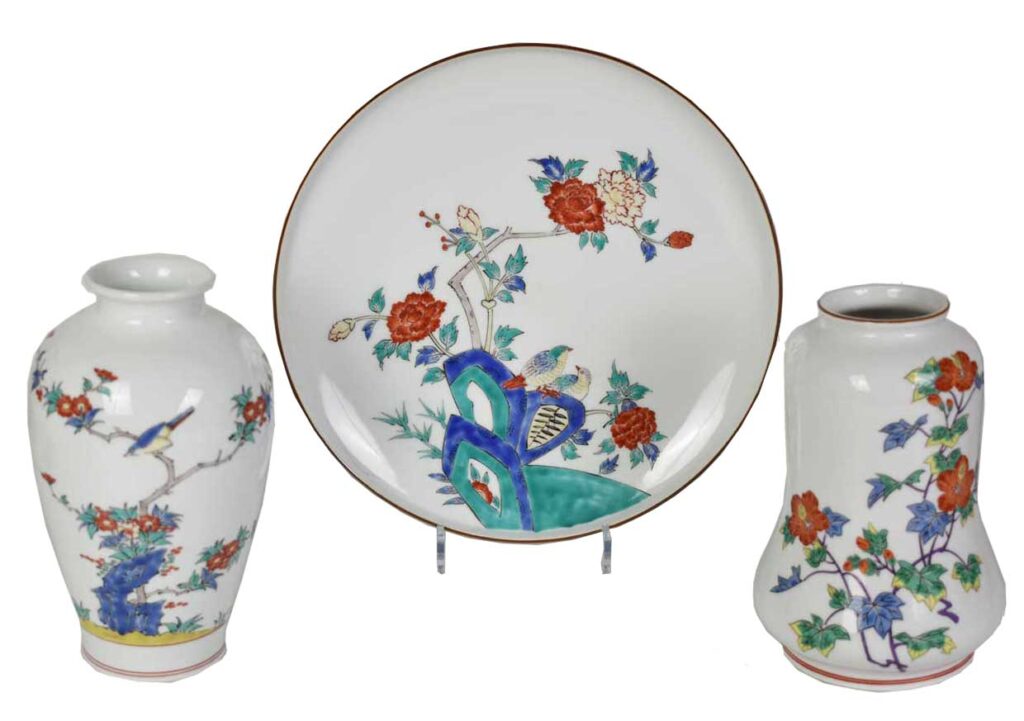
The style initiated by Sakaida Kakiemon (1596 — 1666i) is a distinguished one.
See more →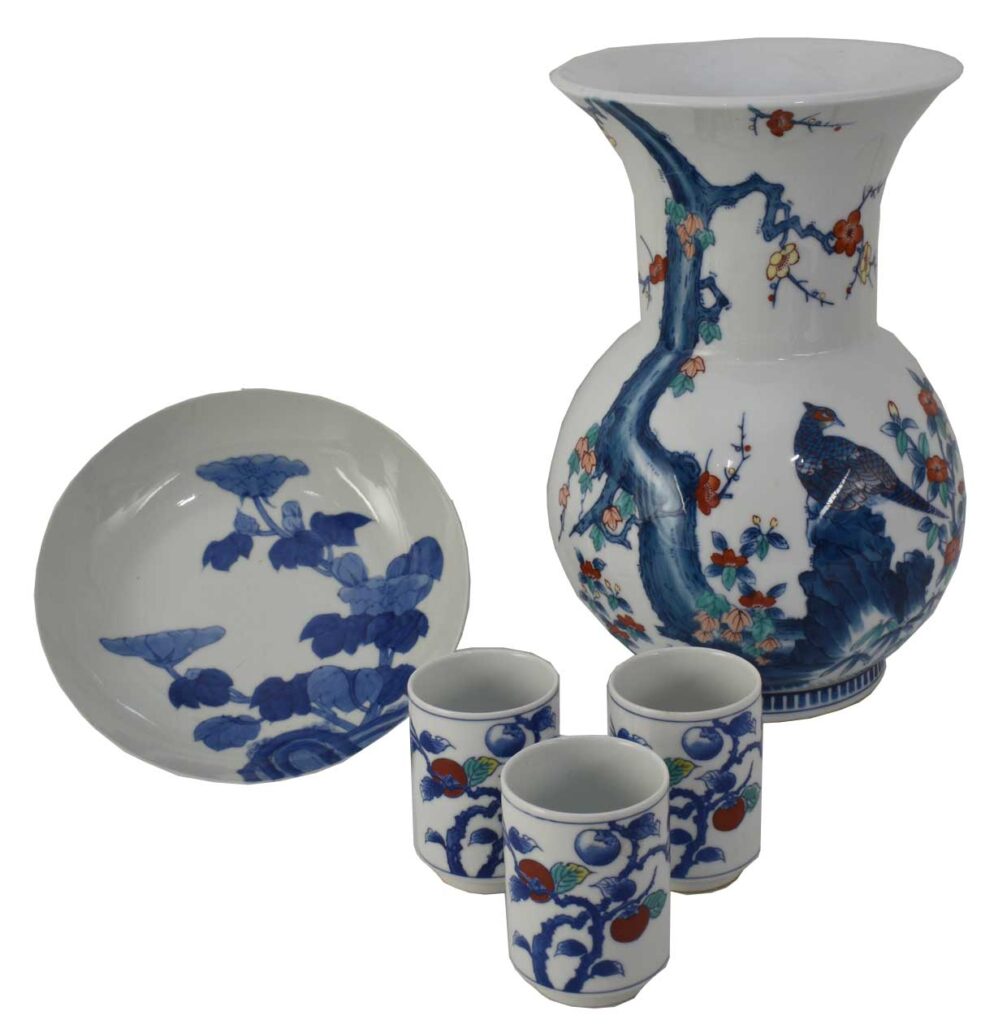
Nabeshima ware takes the name of the politically important Samurai clan of Lord Nabeshima whose kilns often produced ware used as gifts to friends and as peace-offerings to enemies.
See more →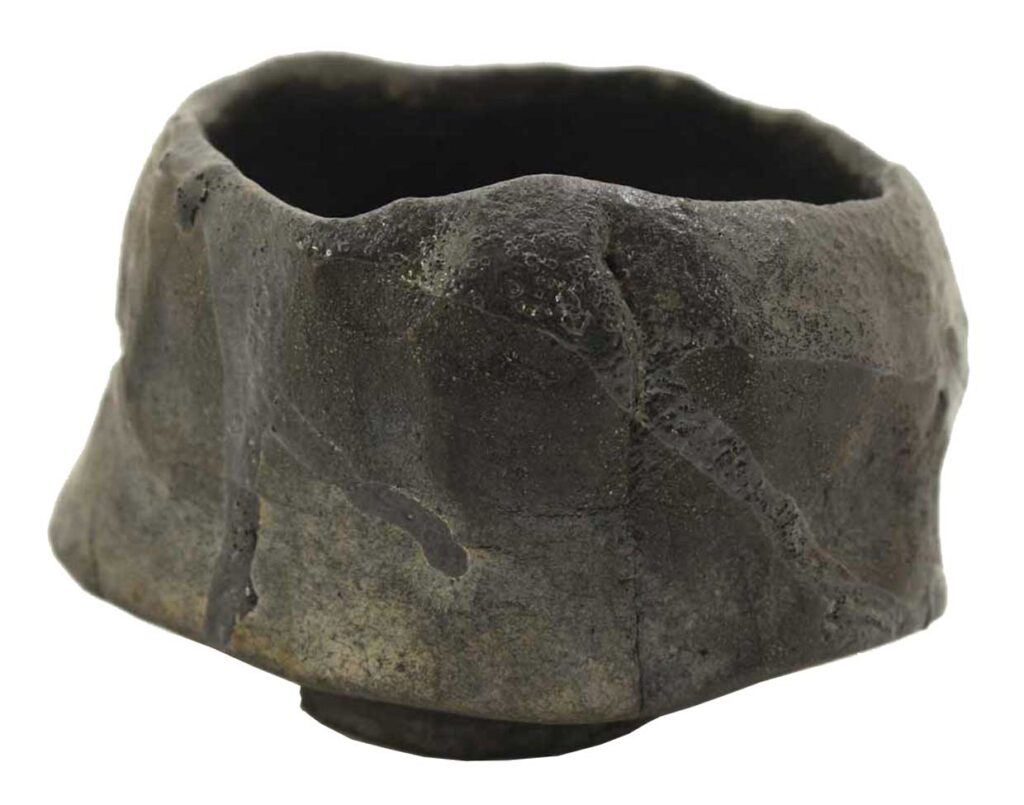
Raku ware is a type of Japanese pottery traditionally used in the tea bowls of Chawan, the formal tea ceremony that took place in purpose-designed “tea houses” (chashitsu).
See more →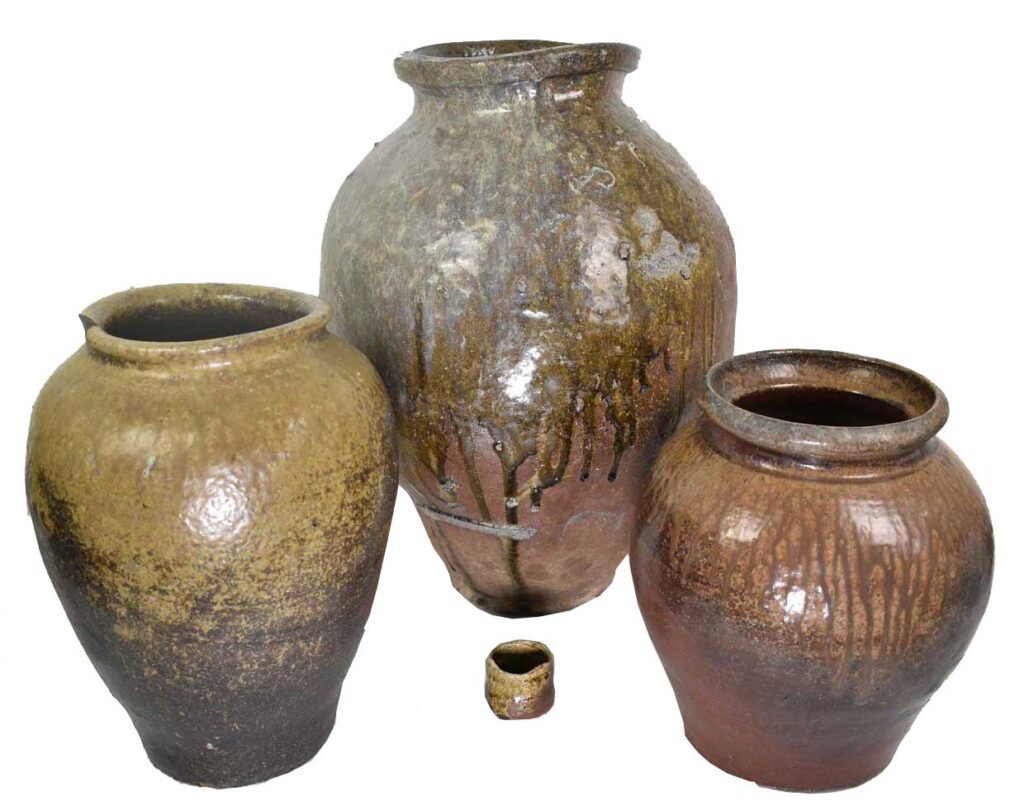
These ceramic predecessors of porcelain are prolific in Japanese ceramic history.
See more →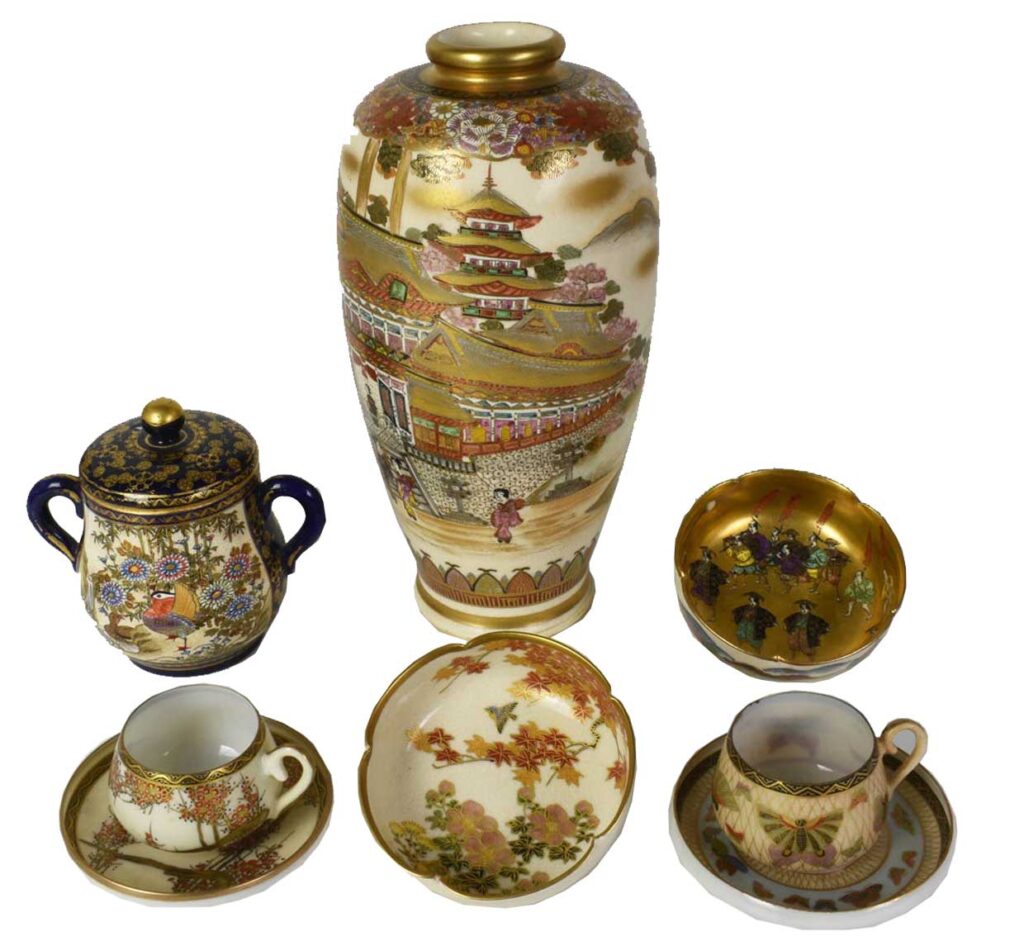
Satsuma ware is a type of Japanese pottery, originally from Satsuma Province, southern Kyūshū.
See more →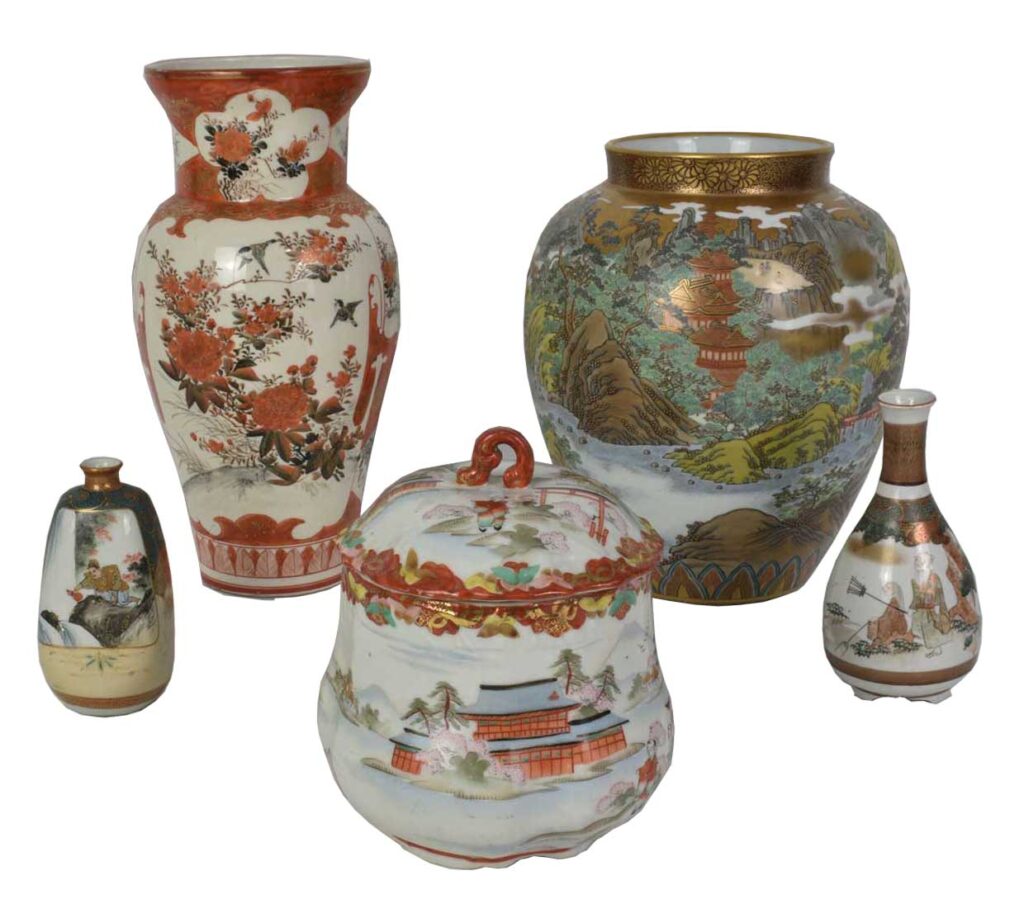
Kutani ware is a group of styles of Japanese porcelain from the Kutani area in the former Kaga province.
See more →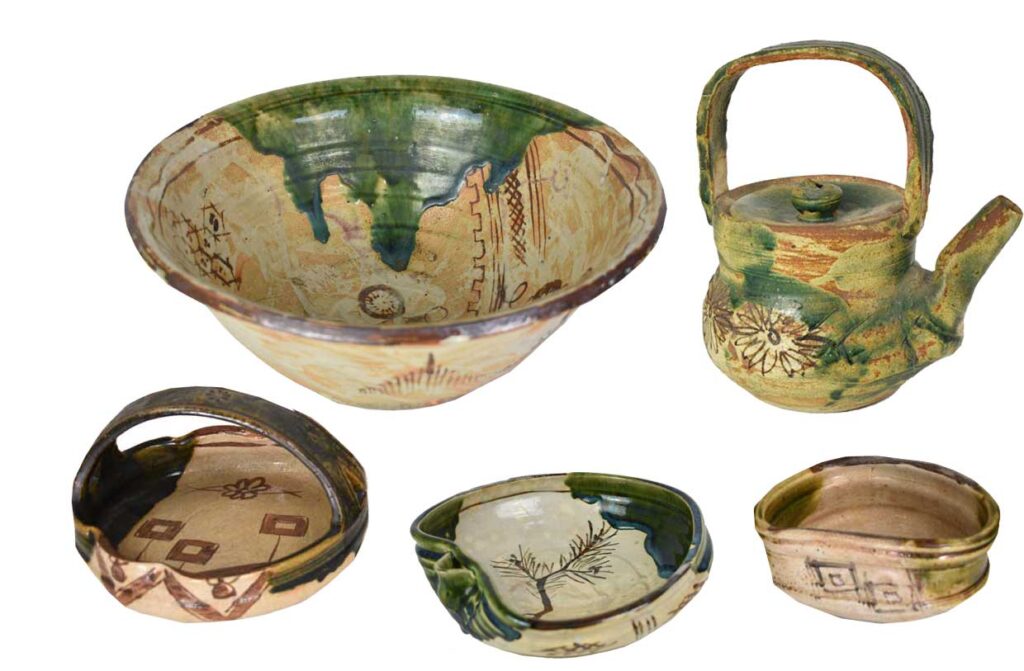
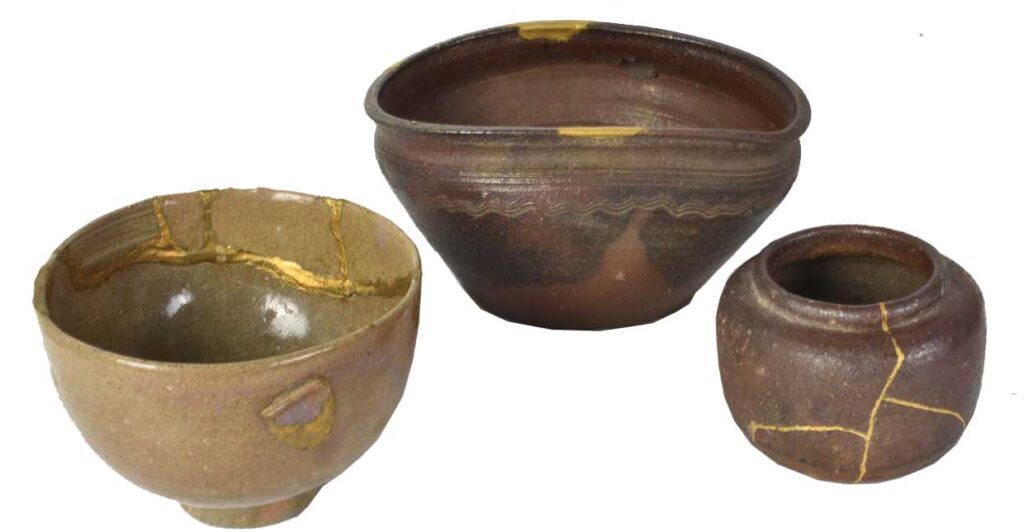
Kintsugi represents the Japanese respect for age and also the recognition of well-made ceramics that, in the history of handling by admirers, have been damaged.
See more →